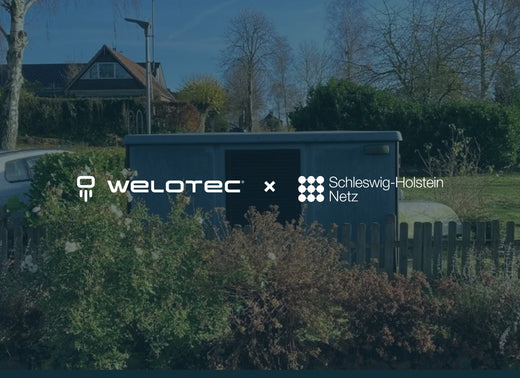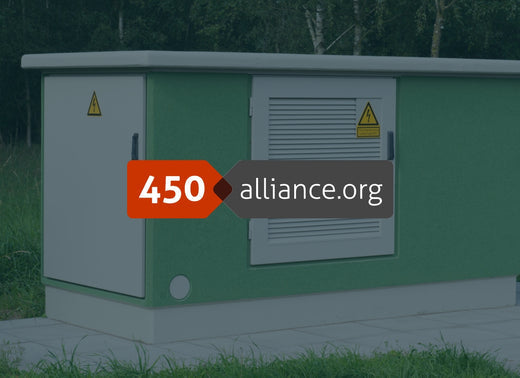Secodary Substation Automation: 4G LTE, 5G and CDMA/LTE 450 MHz
Radio technologies are increasingly used to connect remote stations e.g. transformer substations with a central system, such as a control room. The energy industry is driven by the energy transition is required to connect many substations. Since wired communication always requires high investment costs, while broadband connection is not accessible/available at every point, 4G LTE, 5G or 450 MHz technologies are increasingly being used to connect transformer stations. However, in order to guarantee this connection, not only the communication terminals such as 4G LTE, 5G routers, CDMA 450 routers and LTE 450 router are required, but also the antenna technology has to be dimensioned, selected and correctly installed.
Any radio technology e.g., UHF and LTE is just as good as the antenna that receives or transmits the radio signals. In many cases, the antenna technology is neglected and would be considered at a later stage during the project planning. Often, standard antennas are used which are supplied by the router manufacturer. These antennas often do not meet the requirements of seondary substations.
What is the challenge with antennas for transformer stations?
The performance, design and mounting options are often not suitable for the reasons mentioned above. In many cases, the problems only arise during a commissioning process of a communication solution. Also, for further problems such as vandalism, manipulation or environmental conditions of the antenna is not considered during the project planning. This can considerably affect the availability of the communication which results in a subsequent retrofitting of all stations.

This antenna construction is rather badly suited for the connection of local network stations. The area is not fenced, the antenna can be easily demolished or even removed. Also the cable is free and can be cut easily.
Interesting antenna installation can be seen at local secondary substations as well as transformer stations. For critical applications in the smart grid area, which require high availability, antennas that can be easily terminated and damaged are used. The laying of antenna cables in the outdoor area is critical, as they can be easily cut through. The weather also plays a role in the special requirements for an antenna solution, since the antennas are usually intended to have a long service life and may lose performance over time due to the effects of sun, wind and other environmental impacts.
Which antennas are suitable for transformer stations?
For substations in the distribution grid, the right antenna technology needs to be chosen carefully in order to securely connect the 4G LTE, 5G or UHF routers and thereby the RTU`s, power quality and measuring devices that are located behind.
Therefore, the selection of a suitable antenna with the vandal-resistant antenna mount as well as good wireless performance plays an important role in the easy commissioning and secure operation of an communication solution. The various technologies; such as standard 4G LTE or 5G from 700 to 3800 MHz, CDMA 450 and LTE 450, as well as VHFs from 152 to 162 MHz and UHF narrow band radio in the range of 447 to 460 MHz, pose major challenges for users.

This antenna is designed for easy installation with adhesive pads in transformer stations. LTE frequencies from 700 – 2600 MHz are supported. Excellent performance and fast installation often make this antenna the best choice.
LTE antenna board for adhesive mounting in the control cabinet
Depending on the circumstances, after choosing the right antenna, the next step is mounting and correct positioning. The antennas can either be installed on the roof of the local network stations or even inside. If the reception level is sufficient, installation from the inside is preferable since the antenna is protected against environmental influences and vandalism. The antenna cable and the adhesive pads are preinstalled, so the antenna only has to be put inside the control box and connected to the router. For large projects that work with the same components and the same structure in all stations, the antenna can be measured and optimized directly to the environment. This way, the performance can be further optimized.










